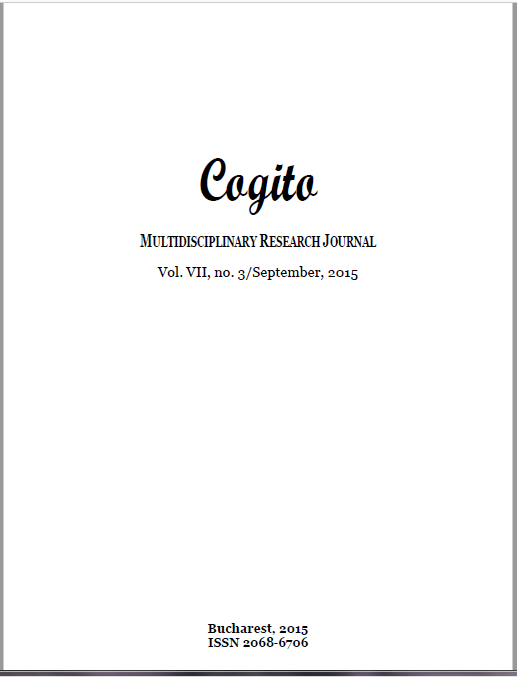SILENCING THE WOMAN YŌKO TAWADA’S SHORT NOVEL THE BATH
SILENCING THE WOMAN YŌKO TAWADA’S SHORT NOVEL THE BATH
Author(s): Monica TamașSubject(s): Novel, Short Story, Other Language Literature
Published by: Editura Pro Universitaria
Keywords: Yōko Tawada; Language, Identity and Transformation; Ingeborg Bachmann; Patriarchy; Maternal Symbolism;
Summary/Abstract: Yōko Tawada’s short novel The Bath follows the metamorphoses of the main character, a young Japanese woman, unsuccessful in preserving her identity and in rejecting the requirements of the cultures in between which her existence seems trapped. Her body becomes the place of negotiation between two patriarchal cultures. First, Germany, which is represented by her boyfriend Xander, who puts make-up on her face in order to make her look “more Japanese” and teaches her his language, hindering at the same time any form of self-expression. Secondly, Japan, depicted by a very muscular mother and several Japanese male chauvinist figures. The narrator faints during a business meeting where she was interpreting and is rescued by the ghost of a woman whose face is half-burnt, a character inspired by the tragic demise of the Austrian writer Ingeborg Bachmann and her novel Malina. The ghost steals the narrator’s tongue, leaving her speechless, but this muteness can be interpreted both as a way to defy patriarchy or the means to surrender to it, as we can read in feminist analyses of Freud’s “hysterical” patients suffering from aphasia. The maternal metaphor comes to balance the encounter with patriarchy and emphasize the possibility of rebirth and recreation.
Journal: Cogito - Multidisciplinary research Journal
- Issue Year: 2015
- Issue No: 3
- Page Range: 140-152
- Page Count: 13
- Language: English

